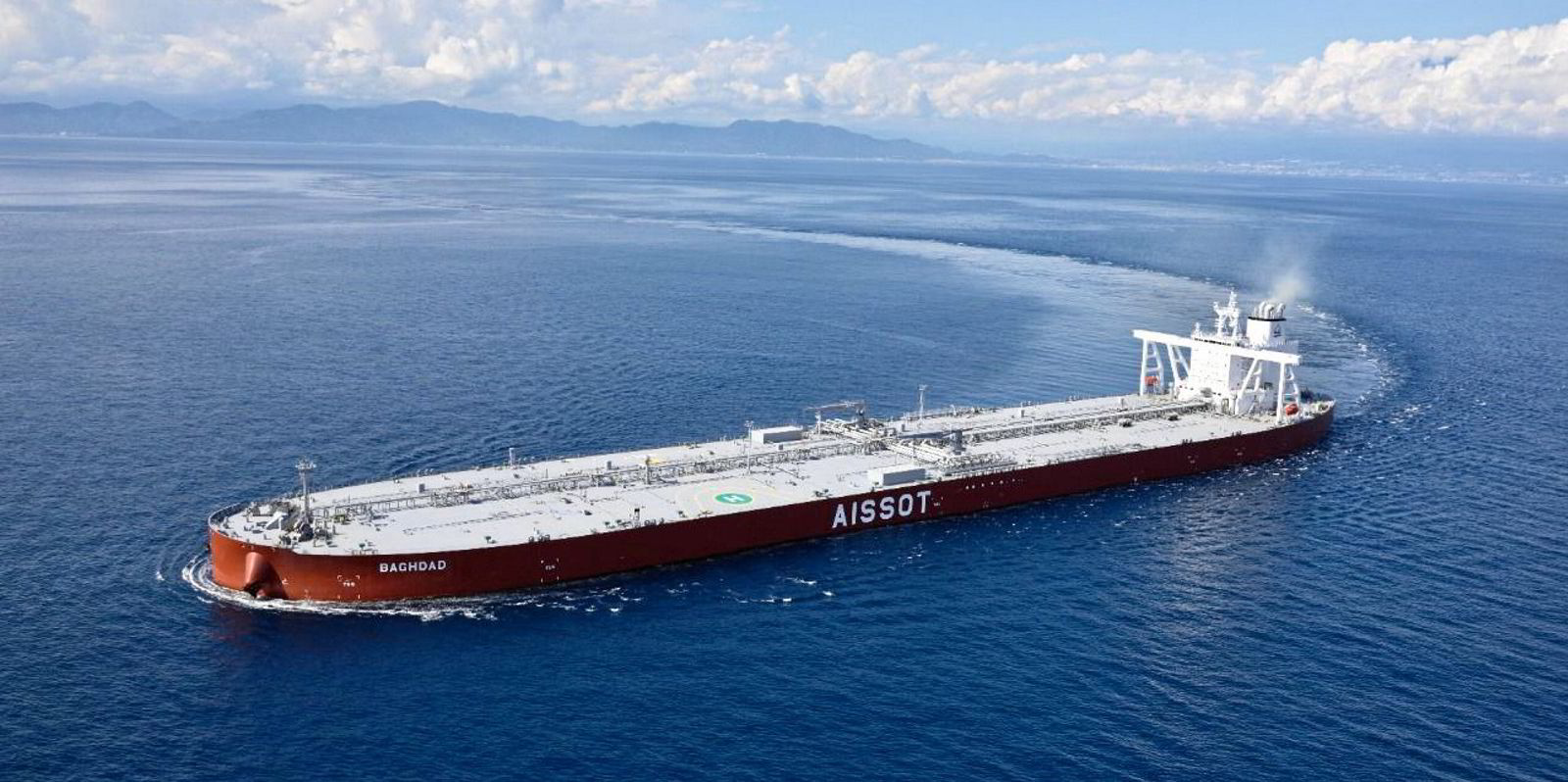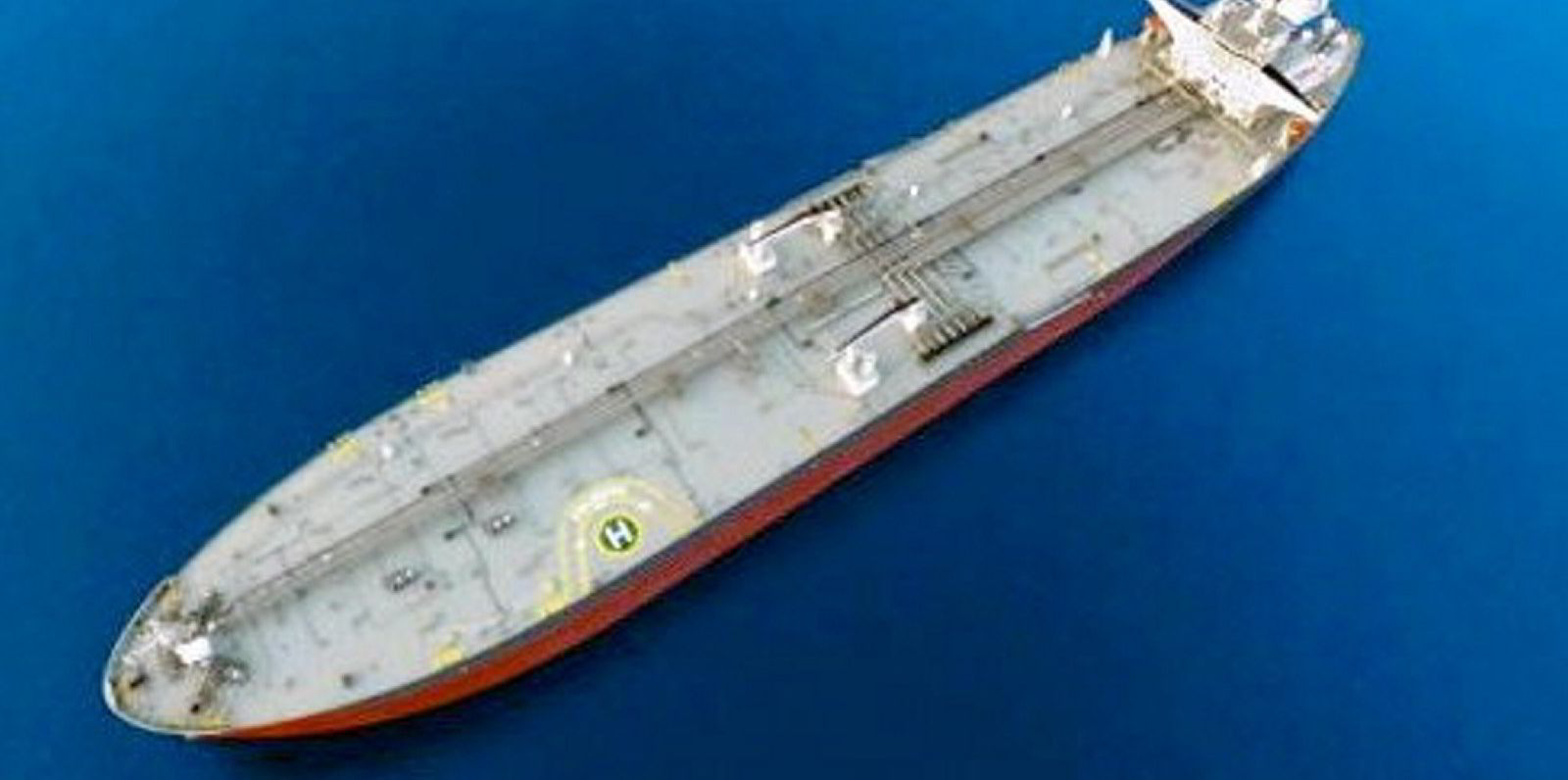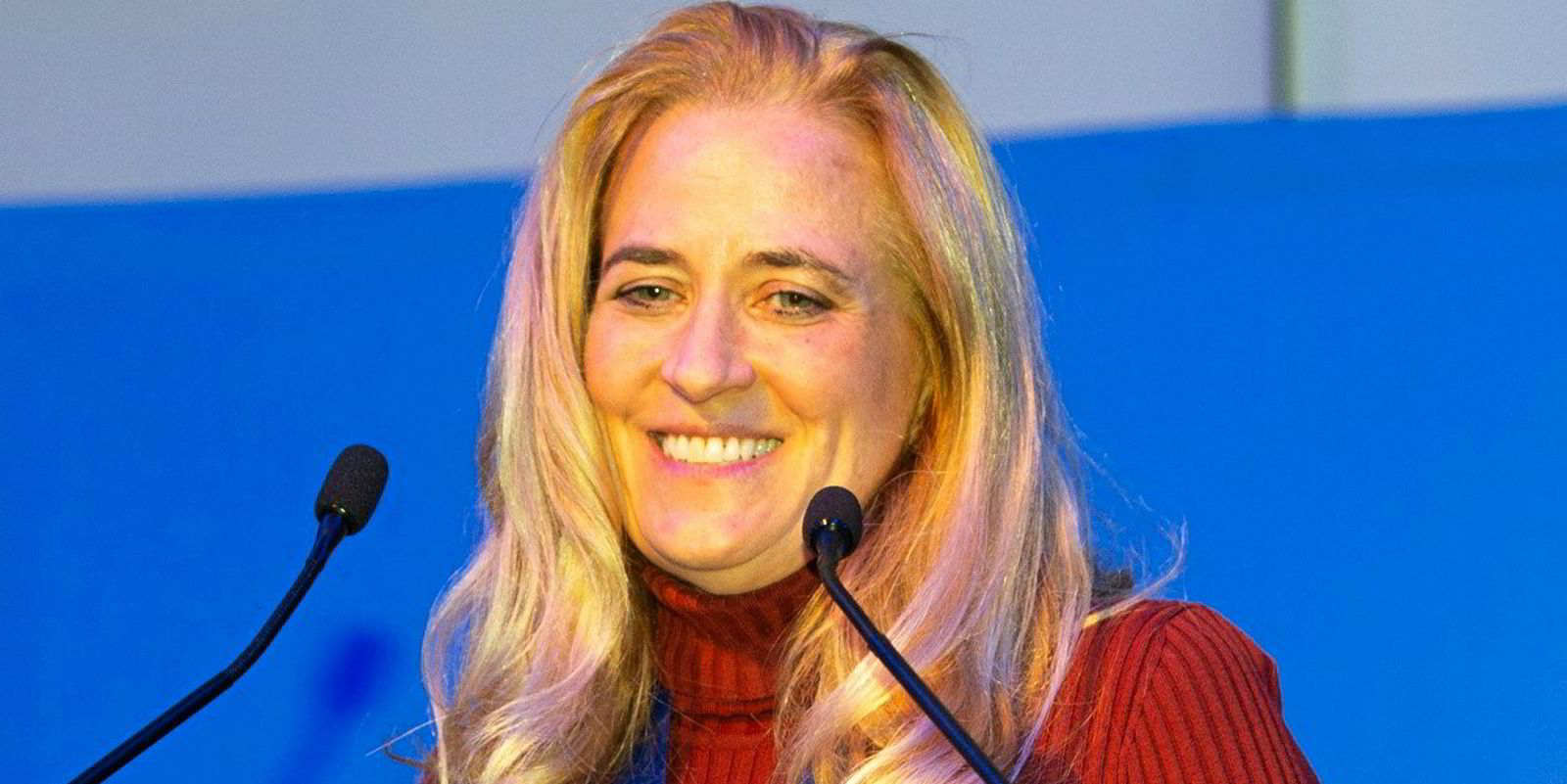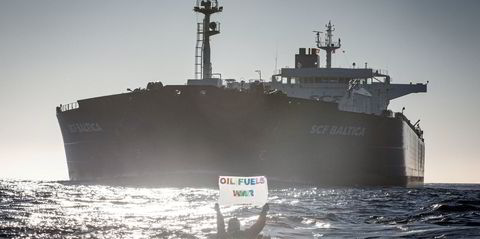Fearnley Securities is expecting a gradual improvement in tanker rates this year, but two "X factors" could potentially drive big jumps in earnings.
In its look ahead to the year, the Norwegian investment bank said a potential new deal on Iran's nuclear programme and a global energy crunch could be major influences on the sector.
"2021 was a fantastic year for shipping markets and equities alike," analysts Peder Nicolai Jarlsby, Erik Gabriel Hovi and Ulrik Mannhart said.
"The outlook for 2022 remains strong in our view, but higher equity pricing warrants some caution," they added.
Fearnleys rated shipping fundamentals last year as the best since the China boom, with its 60 or so covered listed companies gaining 63% on stock markets.
This was thanks largely to container shipping, dry bulk and LNG.
But tankers did not perform as expected as scrapping failed to materialise despite the worst earnings in decades. A typical VLCC effectively earned zero on average last year on benchmark routes, the investment bank said.
The average return on crude tanker company equities came in at -14% while product tankers dropped 34% over the year, the company calculated.
Have tankers got the X factor?

"But we expect a gradual improvement through the year and highlight two major X-factors which could push rates substantially higher," the analysts said.
The first is the prospect of a new Joint Comprehensive Plan of Action (JCPOA) on Iran's nuclear programme, with oil sanctions removed.
This would not only have meaningful impact on volumes, but also potentially on the fleet side, Fearnleys argues.
The return of Iran's NITC tanker fleet to global trading would partially offset some of a maximum extra 4m barrels per day of production.
But there are a number of 20-year-old tankers that have been involved in lifting sanctioned oil which should be "compromised" if sanctions are lifted, the analysts believe.
"Comments from various industry players suggest as much as 8% of the VLCC fleet have been involved in lifting sanctioned barrels from either Venezuela and/or Iran. Should a deal not fall in place, the US may consider stricter enforcement of sanctions," they said.
The second X factor is a potential energy crunch.
"The oil market is now essentially going from over-supplied since 2014 to potentially under-supplied (due to a prolonged period of underinvestment) once the market balances in a time where energy is scarce and inventories are low," the analysts said.
Spike on the cards?
Timing is obviously difficult to pinpoint, but should such a scenario materialise, the investment bank expects a spike in tanker rates, albeit normally short lived.
Fears over supply shortages usually trigger increased demand for oil shipments to secure volumes and render freight cost of relatively low importance, Fearnleys argues.
A rate of $100,000 per day for 30 days would still only be 15% of the cargo value if oil reaches $100 per barrel, the analysts calculate.
"As history has proven time and time again, chaos and uncertainty create significant opportunities in shipping and 2021 was no different," they added.
The investment bank expects disruptions to continue well into 2022.







